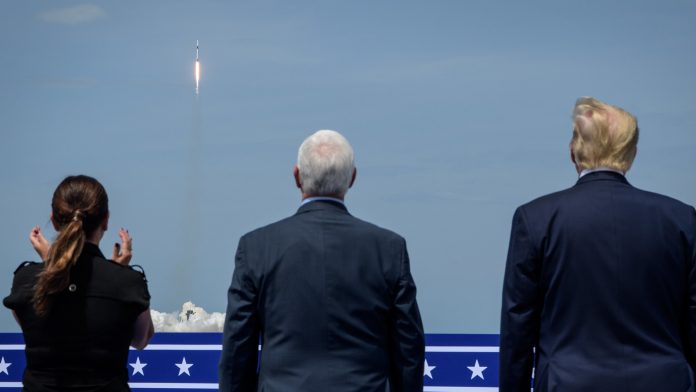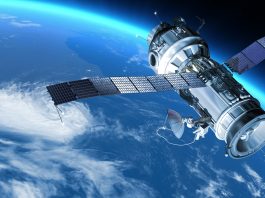On Sunday, 31 May, US Senator Ted Cruz announced the successful docking of the second demonstration (Demo-2) mission of SpaceX’s Crew Dragon.
For the first time in history NASA astronauts launched from American soil in a commercially built and operated spacecraft travelling to the International Space Station. The SpaceX Crew Dragon spacecraft carrying NASA astronauts Robert Behnken and Douglas Hurley lifted off at 3:22pm on the company’s Falcon 9 rocket from Launch Complex 39A at NASA’s Kennedy Space Center in Florida.
Successful docking of Demo-2
NASA Administrator Jim Bridenstine, US Senator Ted Cruz and Brian Babin, Representative for Texas, US, held a conference on Sunday, 31 May to discuss the successful docking of the SpaceX Crew Dragon spacecraft. Held at the official visitor centre of NASA’s Johnson Space Center in Houston, the conference was not available online and all participants had to attend in person. Attendees were advised to follow physical distancing parameters and wear face coverings.
“Today a new era in human spaceflight begins as we once again launched American astronauts on American rockets from American soil on their way to the International Space Station, our national lab orbiting Earth.
“I thank and congratulate Bob Behnken, Doug Hurley, and the SpaceX and NASA teams for this significant achievement for the United States. The launch of this commercial space system designed for humans is a phenomenal demonstration of American excellence and is an important step on our path to expand human exploration to the Moon and Mars,” said Bridenstine.
Behnken and Hurley’s successful docking to the station completed many of the test objectives of the SpaceX Demo-2 mission.
Mission backgrounds
The Demo-2 mission is the final major test before NASA’s Commercial Crew Program certifies Crew Dragon for operational, long-duration missions to the space station. As SpaceX’s final flight test, it will validate all aspects of its crew transportation system.
While travelling to the International Space Station, Behnken and Hurley will take control of Crew Dragon for two manual flight tests, demonstrating their ability to control the spacecraft.
On Saturday, 30 May, while the spacecraft was coasting the crew tested its roll, pitch, and yaw. While Crew Dragon is 0.6 miles below the station and moving around to the docking axis, the crew will conduct manual in-orbit demonstrations of the control system in the event it were needed. After pausing mission managers proceeded docking as Crew Dragon approached 66 feet.









